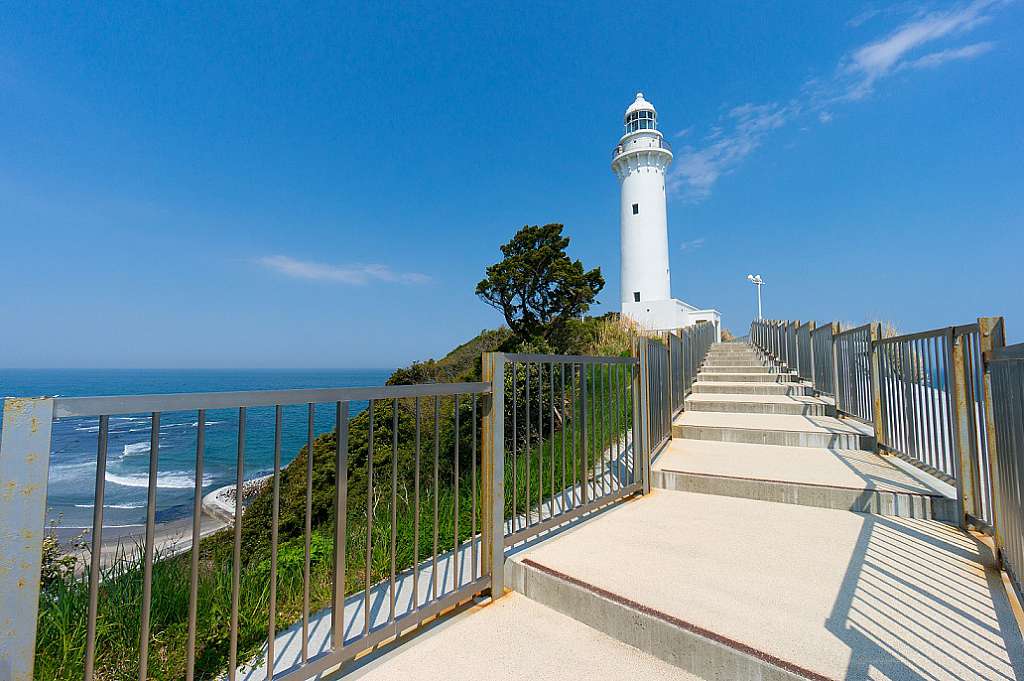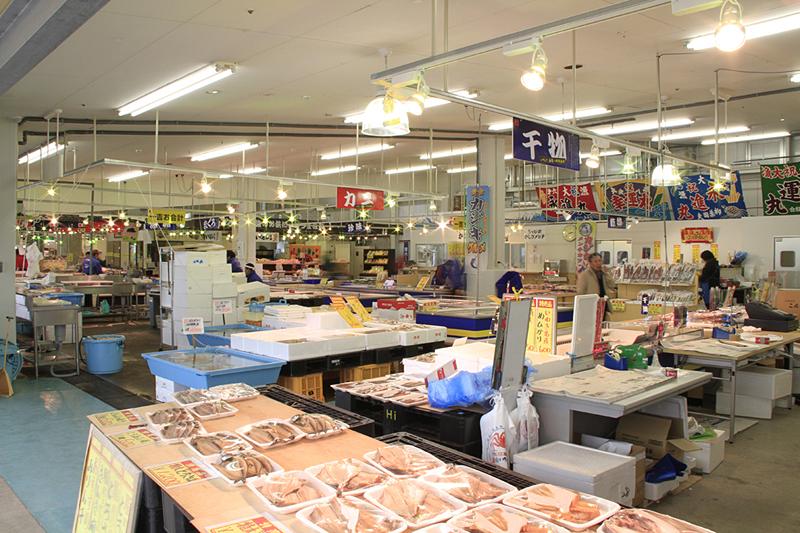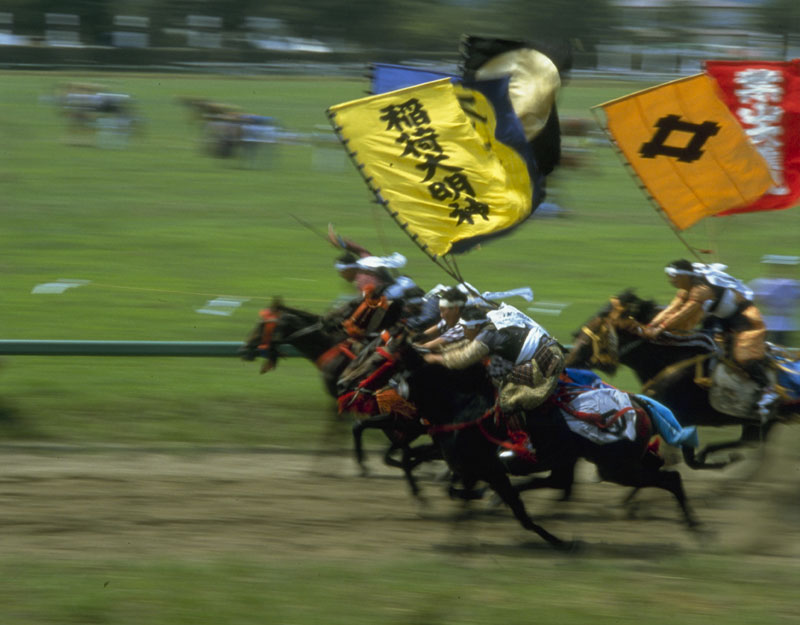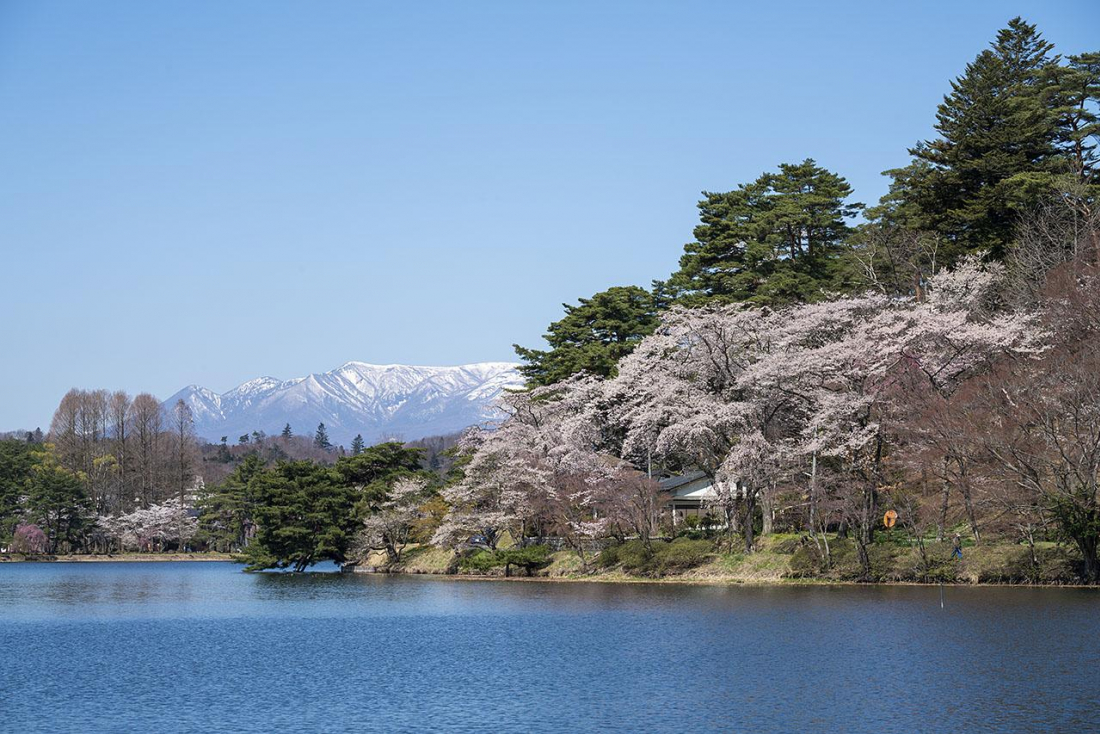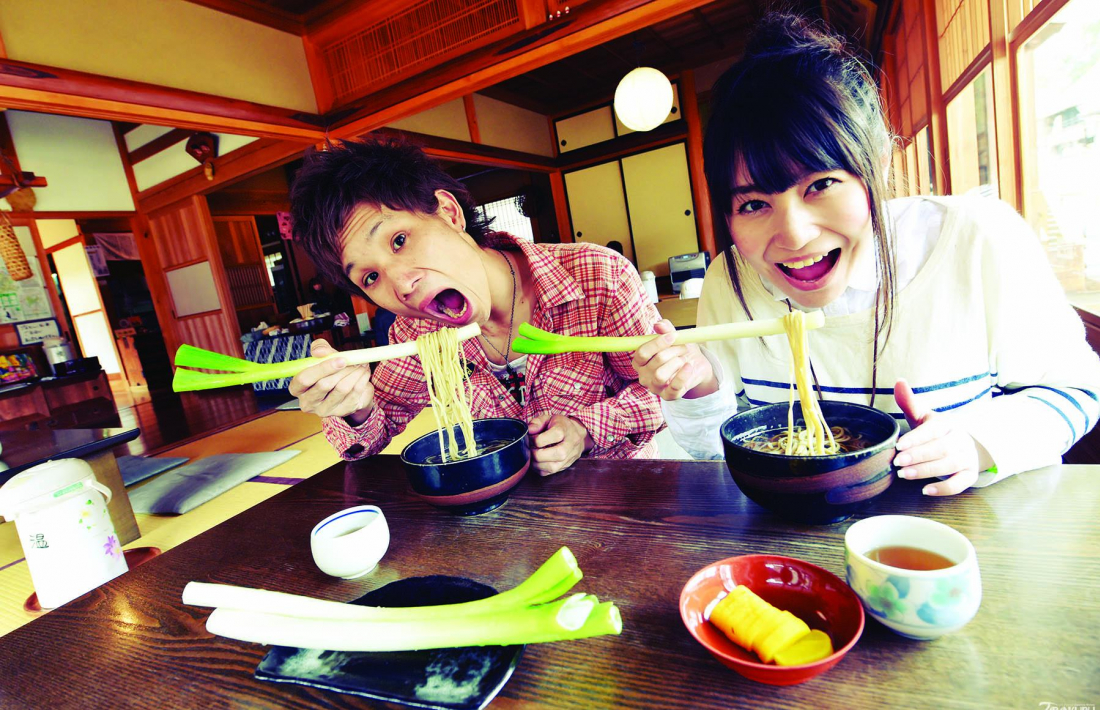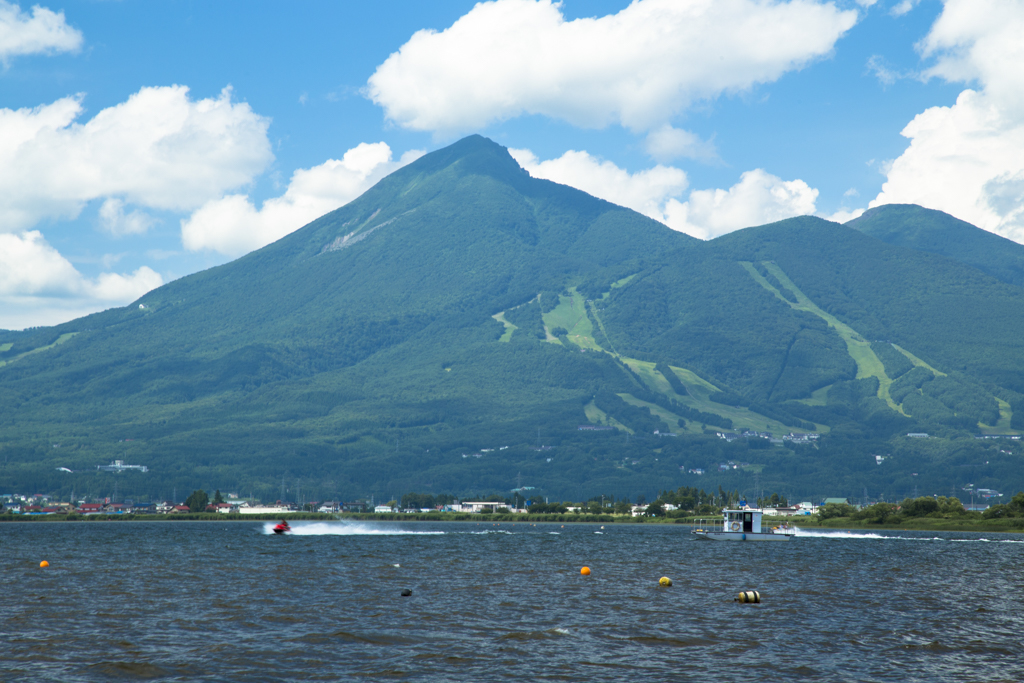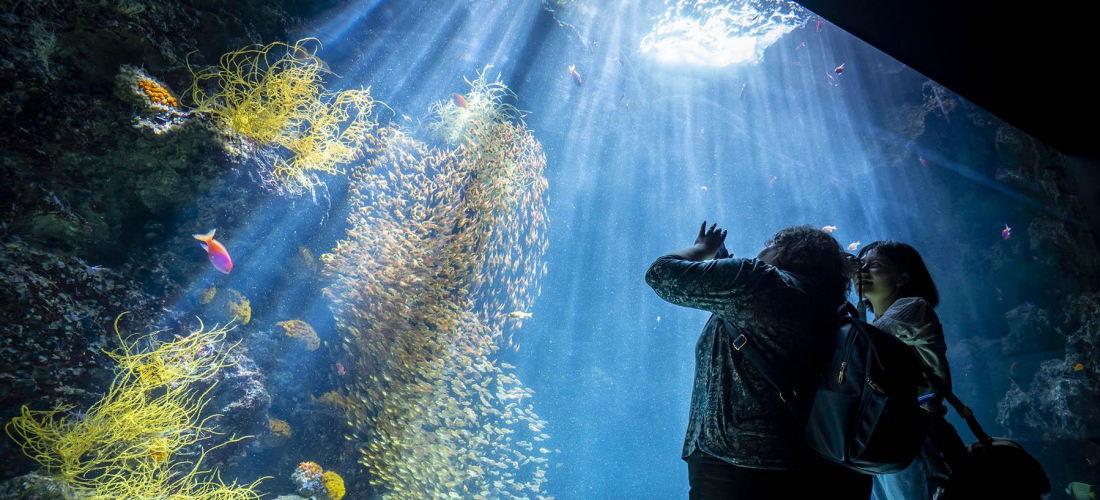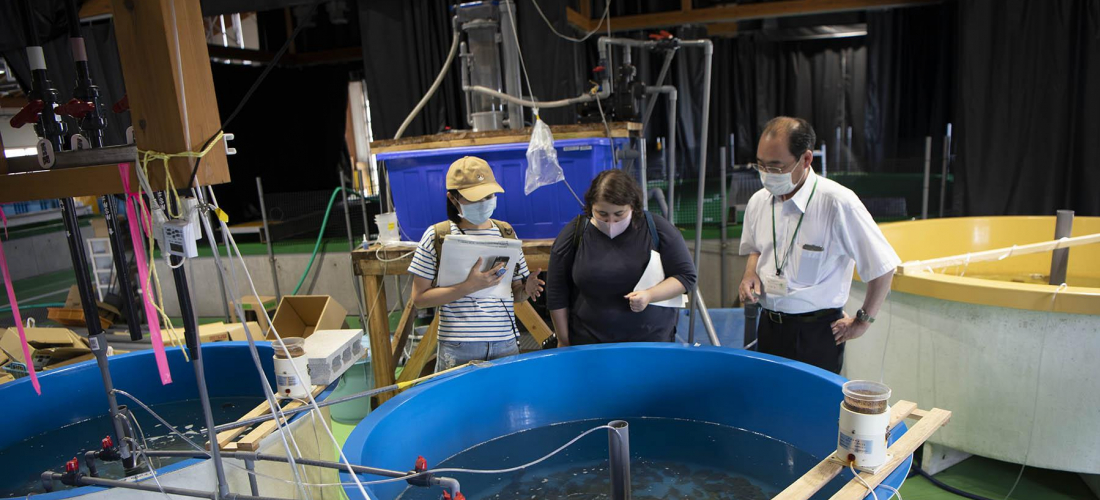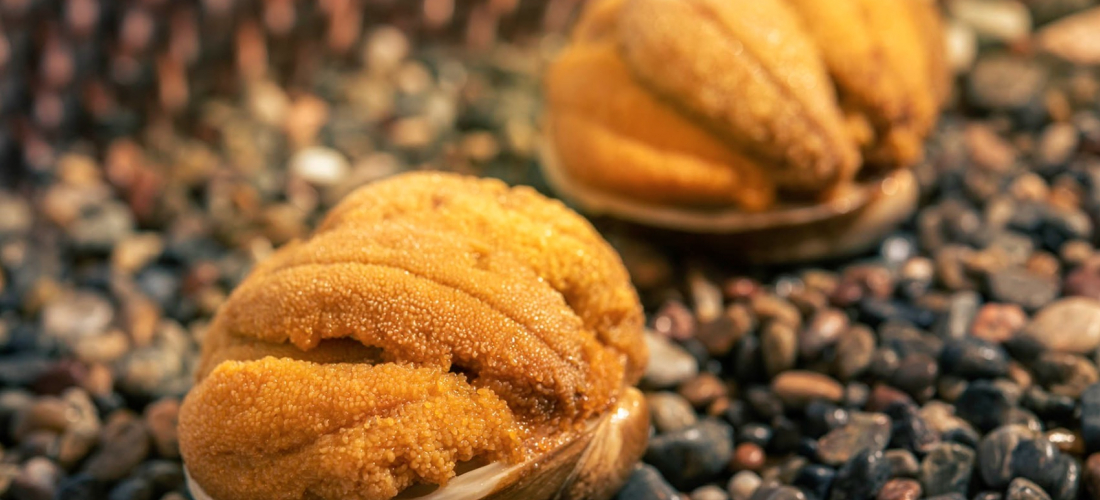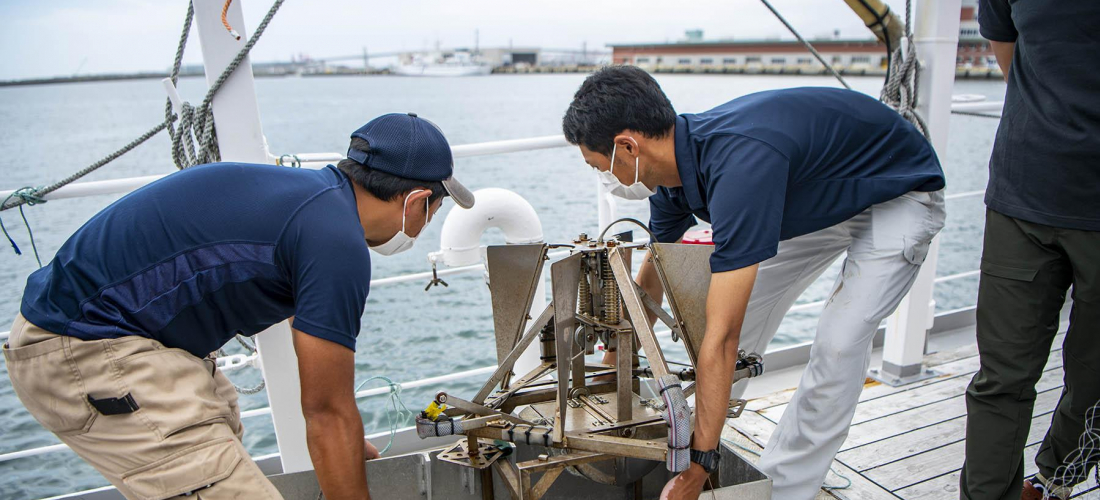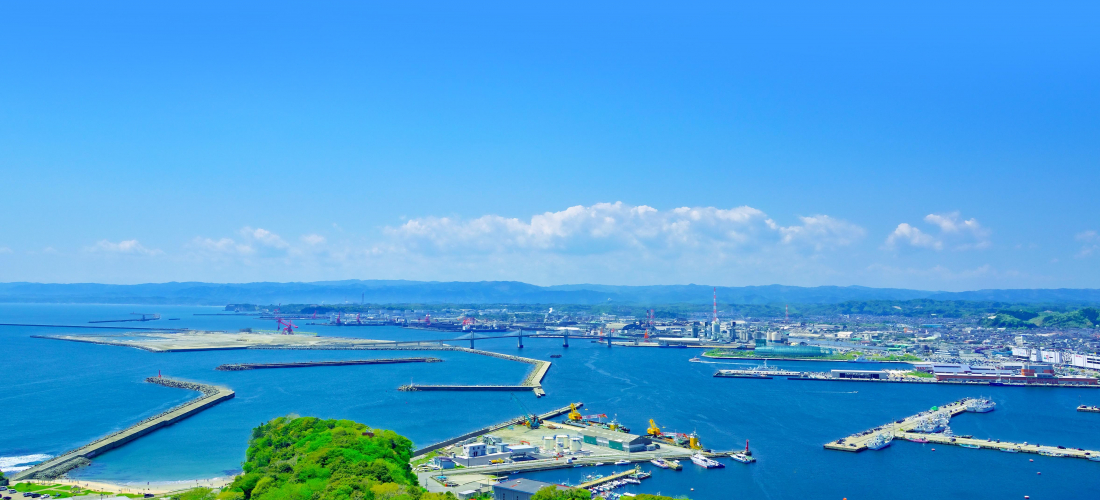
CONTENTS
While the name Fukushima might ring a bell, you probably didn’t know that Fukushima is a treasure trove of travel and cuisine. Take a deeper look at the area with Japankuru!
Fukushima Prefecture: There’s More to It Than You Realize!
The country of Japan is made up of 47 different areas called "prefectures" ("都道府県" in Japanese), but for most people around the world, only a handful of these might come to mind: the prefectures of Tokyo, Kyoto, Osaka, Hokkaido, perhaps Okinawa. On the other hand, somewhere in the back of many people's minds you might find a vivid memory of one other prefecture―Fukushima. But just where in Japan is Fukushima? What are Fukushima's defining features, and what make it special? Despite the name recognition, the details of Fukushima Prefecture remain a mystery to most.
So we wanted to take the time to look into Fukushima, a prefecture with much more to offer than your average traveler might expect, and above all else we found ourselves exploring Fukushima's "Joban-mono" fish. In this series, we'll be finding out more about Fukushima Prefecture and its coast, blessed with rich natural resources, and we'll be answering the question "Just what is Joban-mono fish?"
In part 1, we're going over a quick summary of Fukushima Prefecture!
Japan’s 3rd Largest Prefecture
Fukushima is found in the Tohoku region of northern Japan, and out of the country's 47 prefectures, it has the third largest area after Hokkaido and Iwate. If you want to talk scale, it's about 6.3 times the size of the Tokyo Metropolitan Area (a prefecture in and of itself), and you could fit a whopping 290,000 baseball fields inside Fukushima's borders! That last example might be a bit hard to imagine, but suffice it to say, the prefecture stretches wide from east to west, reaching from the mountainous regions at the center of Japan's main Honshu Island to the shores of the Pacific. Within Fukushima, the unique characteristics of each of those regions adds up to make one distinctive prefecture.
Fukushima is generally split into three parts, the Coastal Area or "Hama-dori" (浜通り), the Central Area or "Naka-dori" (中通り), and the western inland Aizu Area (会津). Looking at the different areas and how they change throughout the seasons, Fukushima is a multifaceted land of diverse sightseeing and cultural experiences.
Area 1 | Coastal Area/Hama-dori: From the Blessings of the Pacific
On the eastern end of the prefecture, facing the Pacific Ocean, the Hama-dori area is made up of the Iwaki area (いわき) in the south, and the Soso area (相双), centered around Soma (相馬), Minamisoma (南相馬), and Futaba District (双葉郡). The Coastal Area has plenty of regional flavor, from harbors filled with fishing boats to plentiful onsen (温泉, hot springs), and samurai culture still visible to this day. Fukushima's coast is actually the meeting point for two major ocean currents (called the Oyashio Current and Kuroshio Current in Japan), giving the waters many features that make the area an ideal fishing ground, which means it's one of Japan's most prominent fishing spots, famous for tasty fish.
Surrounding Iwaki City is the Iwaki area, which runs along the coast of the Pacific, and has uniquely cool summers and warm winters. It also boasts some of the longest hours of sunshine in Japan, making it a lovely place to enjoy the sun and the sea. Along the water are a few different attractions, like the Shioyazaki Lighthouse (塩屋崎灯台), Aquamarine Fukushima Aquarium, and Iwaki Lalamew fish market. The area is also home to Iwaki Yumoto Onsen (いわき湯本温泉) and Japan's very first resort, Spa Resort Hawaiians.
In the north, the area around Soma has a rich food culture, based in the bountiful harvests provided by the mountains and the sea. It's also famous for the Soma Nomaoi (相馬野馬追), a festival with a history of horseriding rituals going back a thousand years.
Area 2 | The Central Area/Naka-dori: The Center of the Prefecture
The center-most area of Fukushima Prefecture, Naka-dori is a Pacific inland area sandwiched between the Ou Mountains (奥羽山脈) to the west and the Abukumakochi highlands (阿武隈高地) to the east. The region is long and thin, with Fukushima City (seat of the prefectural office) in the north, economic and transport center Koriyama (郡山) right in the middle of the prefecture, and Shirakawa (白河) to the south. The three main cities each have their own train stations on the Tohoku Shinkansen line, and highways run through the region, making it a point of connection between the Kanto/Tokyo area and the northern Tohoku region.
Slipped in among the urban atmosphere are not only Kasumigajo Castle (霞ヶ城) and Shirakawa Komine Castle (白河小峰城), but also clear impressions left by the more recent Bakumatsu and Meiji periods of history (late-19th to early 20th century). In addition, the area has its own lavish natural features, with a scattering of famous cherry blossom (and other flower) viewing spots, and peaches as the most famous product of abundant local fruit cultivation. Naka-dori even has Nanko Park (南湖公園), said to be the oldest public park in all of Japan!
The onsen in the area each have their own distinct charms, as well. Bandaiatami Hot Spring (磐梯熱海温泉), for example, is famous for bijin no yu (美人の湯) waters, said to beautify the skin. Takayu Onsen (高由温泉) is actually known for being… a secret hot spring. And Iizaka Onsen (飯坂温泉) has been an onsen destination for over a thousand years.
Area 3 | Aizu: Nature and Tradition in Harmony
The Aizu Area comprises the whole western region of Fukushima, but it can be split into two. The northern part of Aizu is centered around former castle town Aizu-Wakamatsu, and the city of Kitakata, while the southern part is home to Minamiaizu, Hinoemata, and Shimogo, which each have neighborhoods that still look like something from the Edo period (1603~1868). Thanks to the region's deep history, starting with the local Tsuruga Castle (鶴ヶ城, also called Tsurugajo), and plentiful shrines and temples, it's sometimes called "Butto Aizu" (仏都会津), which roughly translates to a metropolis of Buddhas.
Aizu is right on Lake Inawashiro (猪苗代湖) and at the foot of Mount Bandai (磐梯山), so it's known to be a beautiful place to watch the seasons change, with the landscape shifting dramatically thoughout the year. It's a place of unforgetable views, from the still water of the lakeshore to the colorful changing leaves every fall, and the blankets of snow that create fluffy white landscapes.
Minamiaizu in particular, with an average elevation of 500m (1640ft) above sea level and mountains on all sides, is a great place to relax in the midst of nature, enjoy traditional Fukushima culture, and even visit more "secret hot springs"―onsen tucked into the mountainside. It's also home to ski resorts that boast of great quality snow, but some people visit the area just to see the village of Ouchijuku (大内宿). Ouchijuku still maintains its layout and architecture from the Edo period, and looks like it hasn't been touched for the past 150 years or so, making a visit feel a little like time travel.
Just what is Joban-mono fish?
Fukushima―more than you might expect. From here on, we're going to go even deeper into Fukushima and its many charms, looking into Fukushima's Joban-mono fish, but also the area's history, tourism, local cuisine, and general travel tips. We intend to get to the bottom of what Fukushima is really like today, and we hope you'll join us on this journey! For more updates and news from Japan, follow Japankuru on twitter, instagram, and facebook!
Details
NAME:Fukushima (福島)
MAP
COMMENT
FEATURED MEDIA
VIEW MORE 
A New Tokyo Animal Destination: Relax & Learn About the World’s Animals in Japan
#pr #japankuru #anitouch #anitouchtokyodome #capybara #capybaracafe #animalcafe #tokyotrip #japantrip #카피바라 #애니터치 #아이와가볼만한곳 #도쿄여행 #가족여행 #東京旅遊 #東京親子景點 #日本動物互動體驗 #水豚泡澡 #東京巨蛋城 #เที่ยวญี่ปุ่น2025 #ที่เที่ยวครอบครัว #สวนสัตว์ในร่ม #TokyoDomeCity #anitouchtokyodome

Shohei Ohtani Collab Developed Products & Other Japanese Drugstore Recommendations From Kowa
#pr #japankuru
#kowa #syncronkowa #japanshopping #preworkout #postworkout #tokyoshopping #japantrip #일본쇼핑 #일본이온음료 #오타니 #오타니쇼헤이 #코와 #興和 #日本必買 #日本旅遊 #運動補充能量 #運動飲品 #ช้อปปิ้งญี่ปุ่น #เครื่องดื่มออกกำลังกาย #นักกีฬา #ผลิตภัณฑ์ญี่ปุ่น #อาหารเสริมญี่ปุ่น

도쿄 근교 당일치기 여행 추천! 작은 에도라 불리는 ‘가와고에’
세이부 ‘가와고에 패스(디지털)’ 하나면 편리하게 이동 + 가성비까지 완벽하게! 필름카메라 감성 가득한 레트로 거리 길거리 먹방부터 귀여움 끝판왕 핫플&포토 스폿까지 총집합!
Looking for day trips from Tokyo? Try Kawagoe, AKA Little Edo!
Use the SEIBU KAWAGOE PASS (Digital) for easy, affordable transportation!
Check out the historic streets of Kawagoe for some great street food and plenty of picturesque retro photo ops.
#pr #japankuru #도쿄근교여행 #가와고에 #가와고에패스 #세이부패스 #기모노체험 #가와고에여행 #도쿄여행코스 #도쿄근교당일치기 #세이부가와고에패스
#tokyotrip #kawagoe #tokyodaytrip #seibukawagoepass #kimono #japantrip

Hirakata Park, Osaka: Enjoy the Classic Japanese Theme Park Experience!
#pr #japankuru #hirakatapark #amusementpark #japantrip #osakatrip #familytrip #rollercoaster #retrôvibes #枚方公園 #大阪旅遊 #關西私房景點 #日本親子旅行 #日本遊樂園 #木造雲霄飛車 #히라카타파크 #สวนสนุกฮิราคาตะพาร์ค

🍵Love Matcha? Upgrade Your Matcha Experience With Tsujiri!
・160년 전통 일본 말차 브랜드 츠지리에서 말차 덕후들이 픽한 인기템만 골라봤어요
・抹茶控的天堂!甜點、餅乾、飲品一次滿足,連伴手禮都幫你列好清單了
・ส่องมัทฉะสุดฮิต พร้อมพาเที่ยวร้านดังในอุจิ เกียวโต
#pr #japankuru #matcha #matchalover #uji #kyoto #japantrip #ujimatcha #matchalatte #matchasweets #tsujiri #말차 #말차덕후 #츠지리 #교토여행 #말차라떼 #辻利抹茶 #抹茶控 #日本抹茶 #宇治 #宇治抹茶 #日本伴手禮 #抹茶拿鐵 #抹茶甜點 #มัทฉะ #ของฝากญี่ปุ่น #ชาเขียวญี่ปุ่น #ซึจิริ #เกียวโต

・What Is Nenaito? And How Does This Sleep Care Supplement Work?
・你的睡眠保健品——認識「睡眠茶氨酸錠」
・수면 케어 서플리먼트 ‘네나이토’란?
・ผลิตภัณฑ์เสริมอาหารดูแลการนอน “Nenaito(ネナイト)” คืออะไร?
#pr #japankuru #sleepcare #japanshopping #nenaito #sleepsupplement #asahi #睡眠茶氨酸錠 #睡眠保健 #朝日 #l茶胺酸 #日本藥妝 #日本必買 #일본쇼핑 #수면 #건강하자 #네나이토 #일본영양제 #อาหารเสริมญี่ปุ่น #ช้อปปิ้งญี่ปุ่น #ร้านขายยาญี่ปุ่น #ดูแลตัวเองก่อนนอน #อาซาฮิ

Japanese Drugstore Must-Buys! Essential Items from Hisamitsu® Pharmaceutical
#PR #japankuru #hisamitsu #salonpas #feitas #hisamitsupharmaceutical #japanshopping #tokyoshopping #traveltips #japanhaul #japantrip #japantravel

Whether you grew up with Dragon Ball or you just fell in love with Dragon Ball DAIMA, you'll like the newest JINS collab. Shop this limited-edition Dragon Ball accessory collection to find some of the best Dragon Ball merchandise in Japan!
>> Find out more at Japankuru.com! (link in bio)
#japankuru #dragonball #dragonballdaima #animecollab #japanshopping #jins #japaneseglasses #japantravel #animemerch #pr

This month, Japankuru teamed up with @official_korekoko to invite three influencers (originally from Thailand, China, and Taiwan) on a trip to Yokohama. Check out the article (in Chinese) on Japankuru.com for all of their travel tips and photography hints - and look forward to more cool collaborations coming soon!
【橫濱夜散策 x 教你怎麼拍出網美照 📸✨】
每次來日本玩,是不是都會先找旅日網紅的推薦清單?
這次,我們邀請擁有日本豐富旅遊經驗的🇹🇭泰國、🇨🇳中國、🇹🇼台灣網紅,帶你走進夜晚的橫濱!從玩樂路線到拍照技巧,教你怎麼拍出最美的夜景照。那些熟悉的景點,換個視角說不定會有新發現~快跟他們一起出發吧!
#japankuru #橫濱紅磚倉庫 #汽車道 #中華街 #yokohama #japankuru #橫濱紅磚倉庫 #汽車道 #中華街 #yokohama #yokohamaredbrickwarehouse #yokohamachinatown

If you’re a fan of Vivienne Westwood's Japanese designs, and you’re looking forward to shopping in Harajuku this summer, we’ve got important news for you. Vivienne Westwood RED LABEL Laforet Harajuku is now closed for renovations - but the grand reopening is scheduled for July!
>> Find out more at Japankuru.com! (link in bio)
#japankuru #viviennewestwood #harajuku #omotesando #viviennewestwoodredlabel #viviennewestwoodjapan #비비안웨스트우드 #오모테산도 #하라주쿠 #日本購物 #薇薇安魏斯伍德 #日本時尚 #原宿 #表參道 #japantrip #japanshopping #pr

Ready to see TeamLab in Kyoto!? At TeamLab Biovortex Kyoto, the collective is taking their acclaimed immersive art and bringing it to Japan's ancient capital. We can't wait to see it for ourselves this autumn!
>> Find out more at Japankuru.com! (link in bio)
#japankuru #teamlab #teamlabbiovortex #kyoto #kyototrip #japantravel #artnews
Photos courtesy of teamLab, Exhibition view of teamLab Biovortex Kyoto, 2025, Kyoto ® teamLab, courtesy Pace Gallery

Japanese Makeup Shopping • A Trip to Kamakura & Enoshima With Canmake’s Cool-Toned Summer Makeup
#pr #canmake #enoshima #enoden #에노시마 #캔메이크 #japanesemakeup #japanesecosmetics

⚔️The Robot Restaurant is gone, but the Samurai Restaurant is here to take its place. Check it out, and don't forget your coupon!
🍣신주쿠의 명소 로봇 레스토랑이 사무라이 레스토랑으로 부활! 절찬 쿠폰 발급중
💃18歲以上才能入場的歌舞秀,和你想的不一樣!拿好優惠券去看看~
#tokyo #shinjuku #samurairestaurant #robotrestaurant #tokyotrip #도쿄여행 #신주쿠 #사무라이레스토랑 #이색체험 #할인이벤트 #歌舞伎町 #東京景點 #武士餐廳 #日本表演 #日本文化體驗 #japankuru #japantrip #japantravel #japanlovers #japan_of_insta

Japanese appliance & electronics shopping with our KOJIMA x BicCamera coupon!
用JAPANKURU的KOJIMA x BicCamera優惠券買這些正好❤️
코지마 x 빅 카메라 쿠폰으로 일본 가전 제품 쇼핑하기
#pr #japankuru #japanshopping #kojima #biccamera #japaneseskincare #yaman #dji #osmopocket3 #skincaredevice #日本購物 #美容儀 #相機 #雅萌 #日本家電 #일본여행 #면세 #여행꿀팁 #일본쇼핑리스트 #쿠폰 #일본쇼핑 #일본브랜드 #할인 #코지마 #빅카메라 #japankurucoupon




